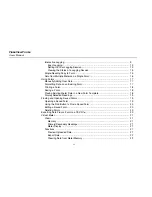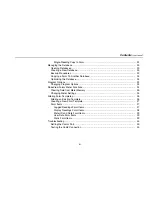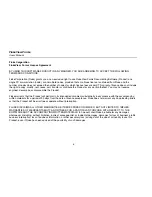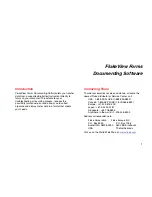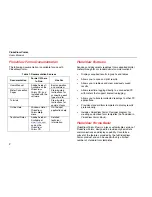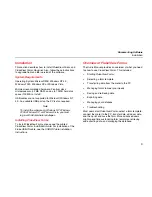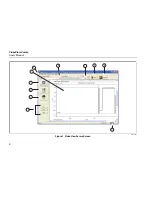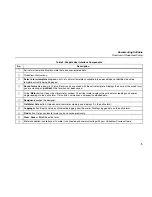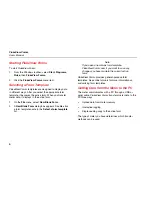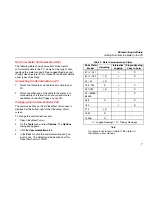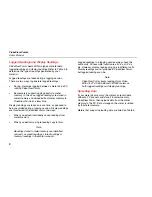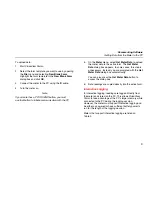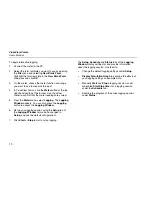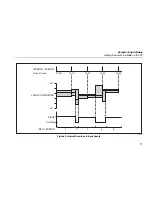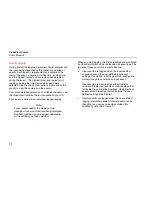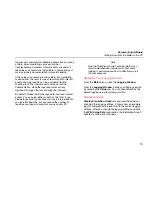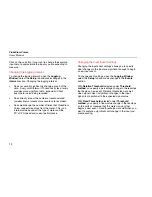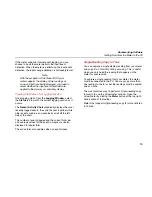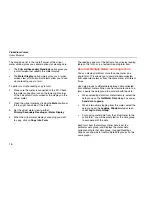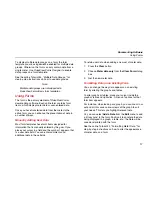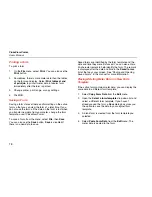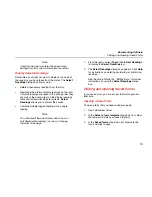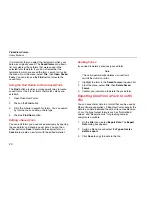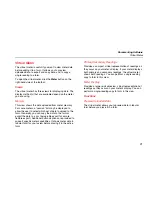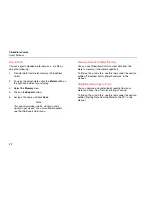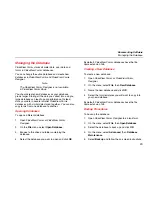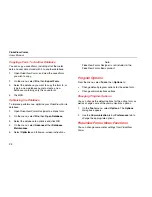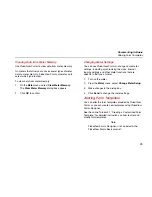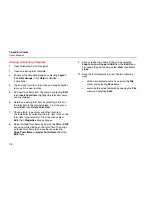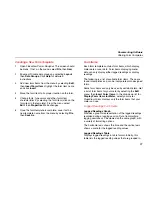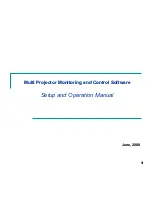
FlukeView Forms
Users Manual
12
Event Logging
During interactive logging, FlukeView Forms compresses
the input being measured by the meter into a series of
events. Each event is represented by a sample at the
start of the event, a duration, starting time, ending time,
and the highest, lowest and average values detected
during the event. The highest (max) and lowest (min)
readings include the timestamps when each were
detected. See the Graph View options (right click on the
graph) to view the samples on the events.
For a more detailed discussion of all types of events, see
the FlukeView Technical Notes, available on your CD.
Each event is stored in an individual logged reading.
Note
If your meter supports the display of two
readings at once, and both are being displayed,
then both readings may be logged, depending
on the settings you have selected.
When you start logging, the meter readings are monitored
by FlukeView Forms and are classified by event type. The
two event types you will see most often are:
•
Input events are logged when the input reading
changes beyond the user-defined input event
settings. You define, in settings, which readings are
similar enough to constitute an input event.
Input events are described as either stable or
unstable. Stable input events contain readings that
fall inside the user-defined settings. Unstable input
events contain readings that fall outside the user-
defined settings. See Figure 2.
•
Interval events are logged when the user-defined
logging interval has ended. Interval events can be
thought of as a series of readings divided into
sections by time. See Figure 2.

